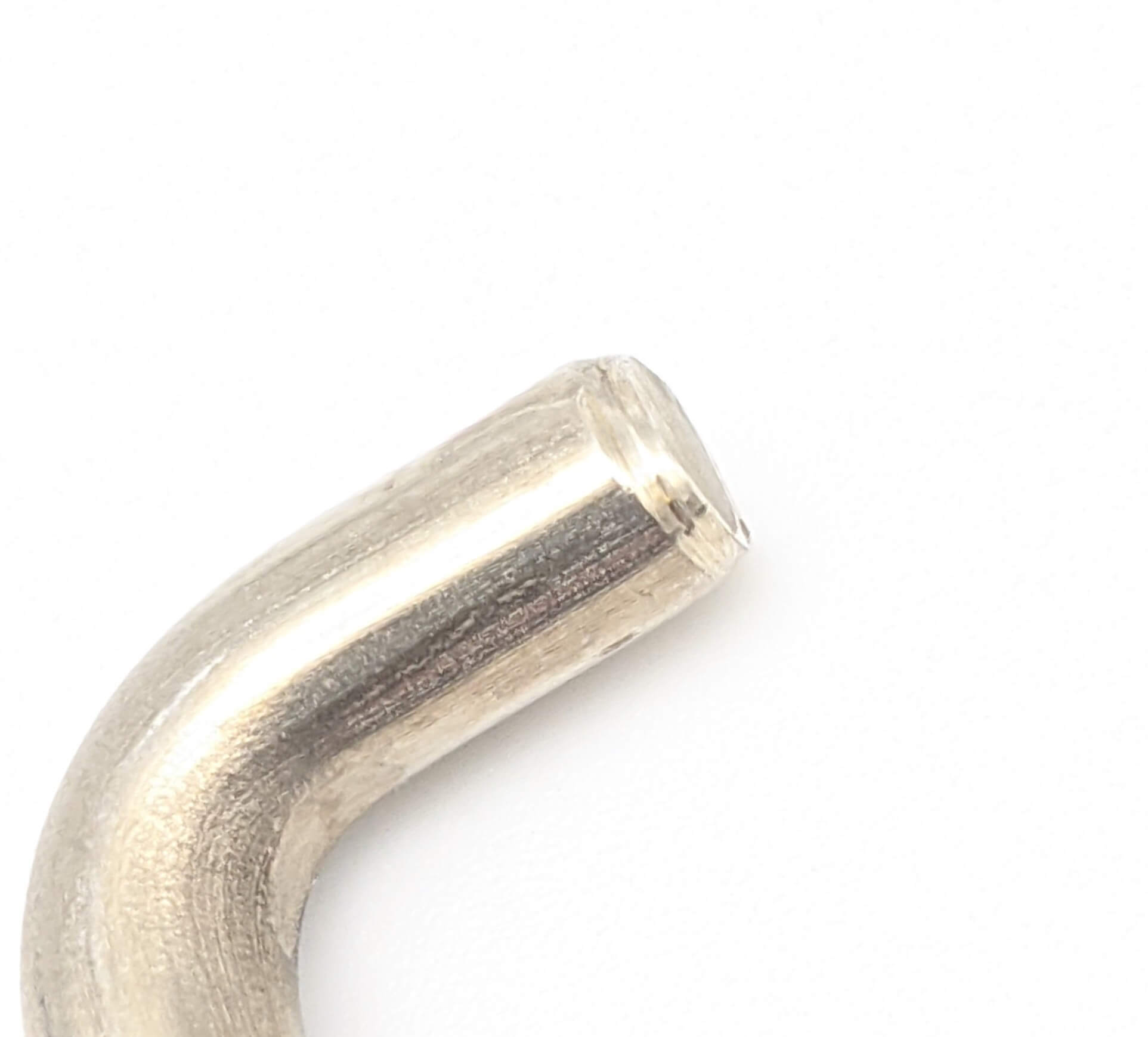Get unique, complex parts easily. No matter your requirements, Chaoyi Spring creates hard-to-produce coil springs and wire forms.
Let us help you create the custom wire form you need, from S-hooks and J-hooks to utility hooks and more.
We work closely with customers across a wide range of industries, helping them design and manufacture made-to-order parts.
Why choose Chaoyi Spring? We prioritize customer-focused collaboration, modern equipment and the latest technology to make your parts per print.
Find the information and guidance you need, from measuring a spring to learning about materials, placing an order and much more.
Have you ever wondered how a door hinges smoothly, a car suspension absorbs bumps, or a watch keeps time accurately? Chances are, a low torsion spring is playing a crucial


Have you ever wondered how a door hinges smoothly, a car suspension absorbs bumps, or a watch keeps time accurately? Chances are, a low torsion spring is playing a crucial role behind the scenes. These unassuming little coiled metal wonders are everywhere, quietly providing the precise torque and force needed for countless mechanical functions. This article dives into the world of low torsion springs, exploring their unique characteristics, applications, and the fascinating science that makes them tick.

Torsion springs, in their simplest form, are designed to store and release rotational energy. Imagine twisting a rubber band—that's the basic principle. When a torque (twisting force) is applied to a torsion spring, it winds up, storing energy. When released, the spring unwinds, applying a counter-torque. Low torsion springs, as the name suggests, are characterized by their relatively low spring rate. This means they require less force to twist them and deliver a lower torque output compared to their higher-rate counterparts.
The behavior of a torsion spring is governed by a fundamental law of physics—Hooke's Law. This law states that the force exerted by a spring is directly proportional to its deformation. In the case of a torsion spring, the deformation is the angle through which it is twisted. Low torsion springs, due to their lower spring rate, experience a smaller force for a given angle of twist. This makes them ideal for applications where precise and controlled rotational motion is required.
Low torsion springs are found in an astonishing array of applications, often hidden from view but critical to their proper functioning. Here are a few examples:
Selecting the appropriate low torsion spring for a specific application is crucial for optimal performance and longevity. Several key factors come into play:
As technology continues to advance, low torsion springs are becoming even more integral to modern design. Miniaturization, high-precision engineering, and the demand for compact and efficient mechanisms are driving innovation in spring design. New materials and manufacturing techniques are allowing for the creation of even smaller, more durable, and more specialized torsion springs, opening up exciting possibilities in various industries. The future of low torsion springs is bright, promising a world of possibilities driven by their silent but powerful influence.
Low torsion springs may be small, but they are mighty. Their quiet, dependable performance is a testament to the ingenuity of mechanical engineering. From the simplest household appliance to the most sophisticated scientific instrument, low torsion springs play an essential role in making the world around us work. So next time you see a door open smoothly, a watch tick with precision, or a car suspension absorb a bump, remember the hidden marvel of the low torsion spring, the unsung hero of everyday mechanics.
Browse some of the custom wire forms and springs that we manufacture. Don’t see what you need? We specialize in made-to-order products that meet your application requirements.
Visit Our GalleryNeed a custom wire form or coil spring? We make it work. Fill out the contact form and a representative will respond within 1 business day. If you have a PDF or CAD file, you can submit to request a quote.